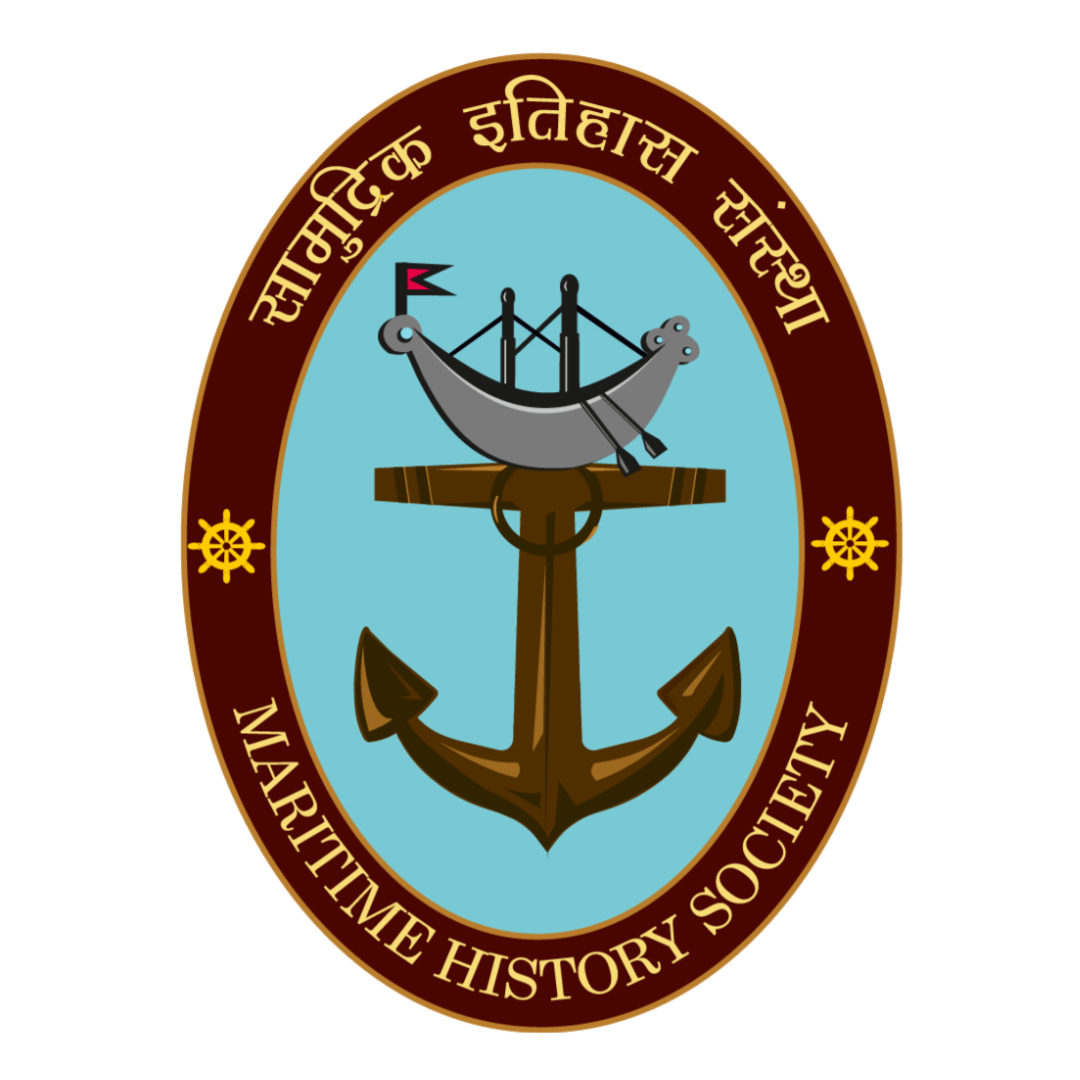India has a vast coastline, geographically gifted harbours and strategically located islands. Its prime position within the Indian Ocean Region made the subcontinent a crucial link between the east and west trade routes. As a result, it often invited intruders whose intentions changed from explorations to annexations leading to several battles. These battles lie in an inconspicuous corner of our history books. One of the battles that changed the course of India’s maritime history was the Battle of Diu that marked the beginning of European dominance in Indian waters.
Diu is an island located off the Kathiawar coast of Gujarat at the mouth of the Gulf of Khambat in Western India. Several indigenous rulers laid their marks on the island including Kshatrapas, Maitrakas, Chavadas, Chalukyas, Vajas, and some foreign invaders. In spite of this, Diu emerged as an important mercantile port under the Gujarat Sultanate. Years after the first Portuguese explorer landed at Calicut in 1498, Portuguese Viceroy Francisco de Almeida realized the importance of the port. Diu has had deep connections with the Indian Ocean trade owing to its strategic location between the East African and the Malabar coast. It was regarded as a sizeable trading port for a considerable amount of timei even though it was and still is relatively far from the other populous towns of Gujarat. It is also strategically located between two important ports of that time – Mangrol and Khanbayat to the west and east respectively, with a harbor on the calm and secure waters of the Gulf of Cambay.
Being situated on the mouth of the Gulf of Cambay, Diu was the entry point for this Gulf. The Portuguese rule at Diu meant a tighter control on the maritime activities to and from the heart of Gujarat and the naturally excellent harbor of Diu was only an added advantageii . The Portuguese meanwhile had already monopolized the spice trade between the Straits of Hormuz and Malaccaiii, and with the annexation of Diu, they expected to create hurdles in the trade along the western coast of India. The massive defeat of the Portuguese in the battle at Chaul (1508) and the loss of the Viceroy’s son in the battle had triggered the Viceroy to take on the combined force of the Mamluks of Egypt, Zamorins, and the Gujarat Sultanate.
Thus, with the intention of avenging Chaul, the Portuguese fleet sailed towards Diu in February 1509. Here they took on the combined forces of the Sultan of Gujarat along with the Mamluks and Zamorins in what led to be called the Battle of Diu. The Portuguese fleet had eighteen large ships with hundreds of Portuguese and local men embarked, while their opponents only had numerous smaller ships, which were mostly small shallow-draught vessels. The Portuguese therefore not only had an advantage over the opponents, because they were heavily armed and equipped but also because they were seasoned, professional seamen. Added to this, the Portuguese Viceroy was able to bring Malik Ayaz, the Governor of Gujarat on his side, which further weakened the resolve of the combined forces. The Portuguese eventually won the battle, which marked a new milestone in India’s maritime history.
After this battle, the Portuguese went on to rapidly capture key ports in the Indian Ocean region, for example, Goa, Ceylon, Malacca, and Ormuz, crippling the Mamluk Sultanate of Egypt and the Gujarat Sultanate. This greatly assisted the growth of Portuguese influence in South Asia and established their dominance over maritime trade in the Indian Ocean region for almost a century.
To commemorate their victory, the Portuguese built a fort at Diu, which remained under their charge till 1961. This was taken over by India after the success of Operation Vijay when Diu was liberated from the Portugueseiv. The Battle of Diu of 1509, thus becomes an ‘inflection point’ in India’s maritime history, which led to the severing of historical maritime connections between the kingdoms of Malabar, Arabia, and Egypt but also for the first time, brought about Portuguese and therefore European maritime dominance to the shores of the Indian Ocean region.
Bibliography
- Mehrdad Shokoohy and Natalie H. Shokoohy, “The Portuguese Fort of Diu,” South Asian Studies 19:1 (2010): 172, accessed on August 21, 2020, https://doi.org/10.1080/02666030.2003.9628628.
ii. Frederic Danvers, The Portuguese in India: Being a History of the Rise and Decline of Their Eastern Empire Vol II (London: W.H Allen & Co. Ltd, 1894)
iii. V Gune, Gazetteer of the Union Territory of Goa, Daman, and Diu part III. (Panaji: District Government, 1979), 21.
iv. Roy Moxham, The Theft of India – European conquests of India, 1498-1765 (India: Harpers Collins, 2016).



0 Comments